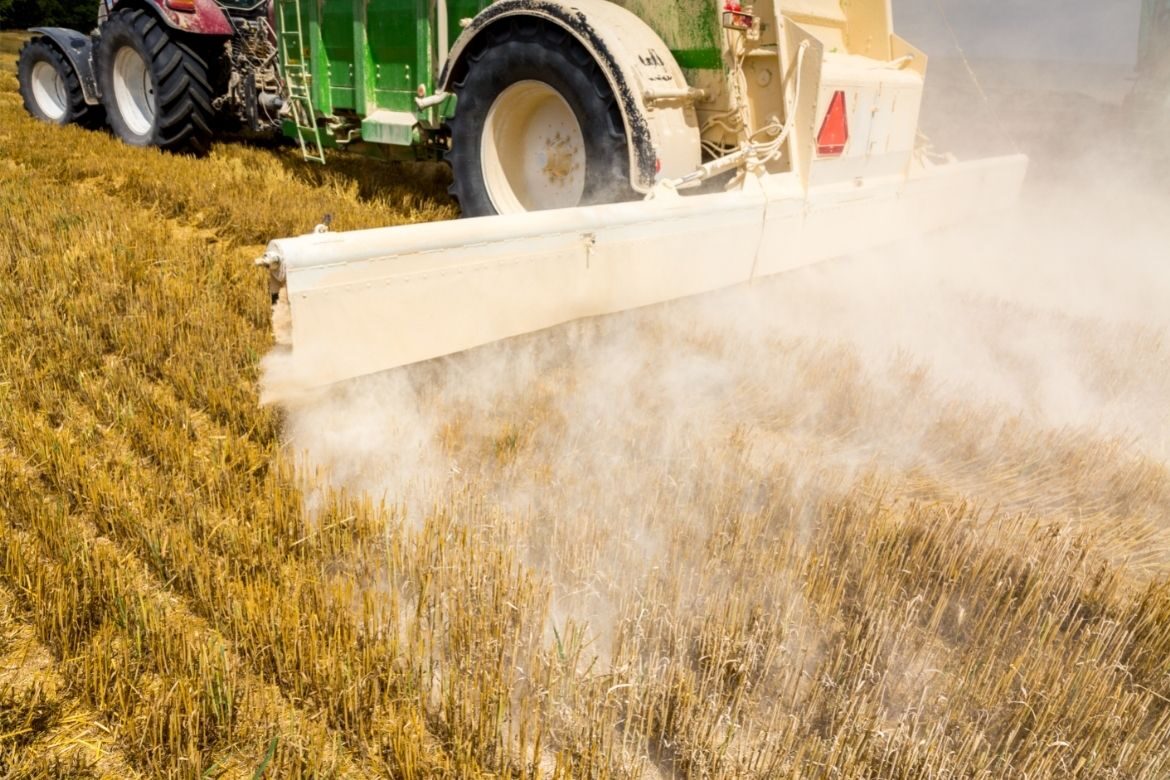At a time when many farmers are looking for ways to reduce costs, Marion Fox, Teagasc advisor, Athenry, offers advice on lime application in order to reduce fertiliser overheads.
Lime, she says, has a very important role in reducing the amount of fertiliser that farms require, therefore the first step in soil fertility is lime. Fox points out that lime is very cheap when one considers the price of fertiliser. It cost €27/tonne of lime spread currently depending on where in the country you are, but there may be an increase in this with potential fuel increases.
Important factors:
Correcting soil pH
The application of lime has an influence on the availability of stored nutrients in the soil. The optimum pH of soil for grassland is pH 6.3. The target is to have soil at the optimum pH in order to optimise soil fertility. If the lime requirement is greater than 7.5 t/ha or 3 t/ac, it should be split into 2 dressings in year 1 and year 2. Some farmers may choose to apply granulated lime as compared to ground lime, it is more expensive, but has a quicker response and should be treated as a fertiliser; it also needs to be applied each year.
If the soil is not at the correct pH you will waste money on fertiliser. When the soils are acidic and there is a lime requirement; chemical and organic fertiliser won’t perform to the maximum. If soils require lime the availability of the essential nutrients are reduced as they are bound to the clay particles in the acidic soil, therefore, it is important to optimise the soil pH as this will increase the availability of soil N, P and K.
Applying lime
Maintaining optimum soil fertility increases the efficiency of applied N from 35% on low fertility fields to 63% on fields with an optimum pH, P and K. Once fields have been grazed-off and grass covers are low, it is an ideal time to apply lime. Identify blocks of land that require lime, for example this could require ordering a load of lime (20t) after each grazing rotation to correct soil pH. Aim to avoid high grass covers > 600kg DM/ha.
Cattle slurry and lime
Spreading cattle slurry on fields that have received lime recently or freshly limed land where the lime has not had sufficient time or rainfall to be washed into the soil, can result in a loss of up to 50% of the available slurry N. To minimise these N losses from slurry apply cattle slurry first and then apply the lime 7 to 10 days later.
Lime and urea
For urea, a similar situation to cattle slurry where increased N loss (ammonia-N volatilisation) may occur where straight urea fertiliser is applied on recently limed land. Therefore, apply urea first and apply the lime 7 to 10 days later to reduce the risk of N losses. However, where protected urea is being applied, early trial work indicates that it is safe to apply protected urea to fields that have been limed recently.
Lime on silage ground
Leave sufficient time (up to 3 months in dry weather) between applying lime and closing for grass silage for the lime to be fully washed into the soil. If lime is transported to the silage clamp or picked up in the baled silage, it may affect good preservation conditions for the silage (acidic conditions), that is if there is a lime requirement on silage ground.
In the current year, it is very important for farms to keep cost to a minimum and only spread fertiliser on silage ground and grazed ground if you are going to utilise it. Ensure that slurry goes on silage ground first as it is very valuable in the current situation.
For more information, see here.

